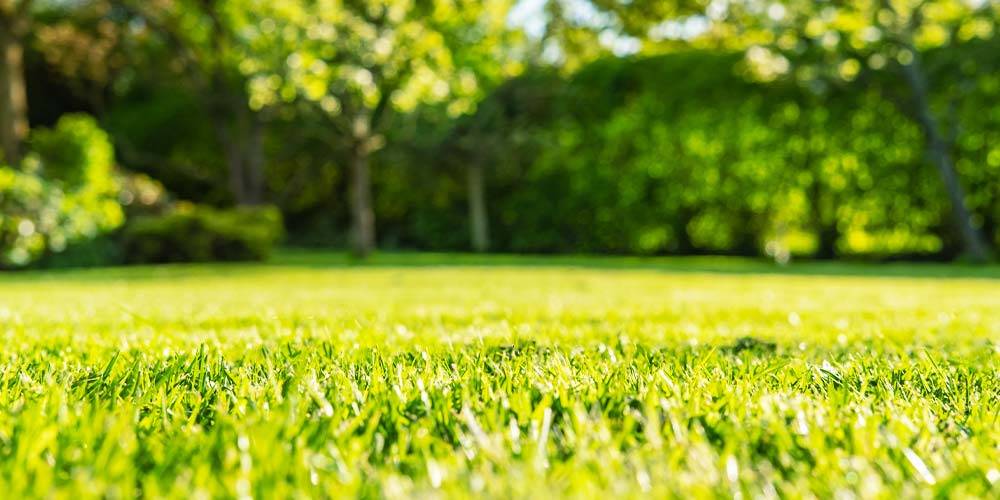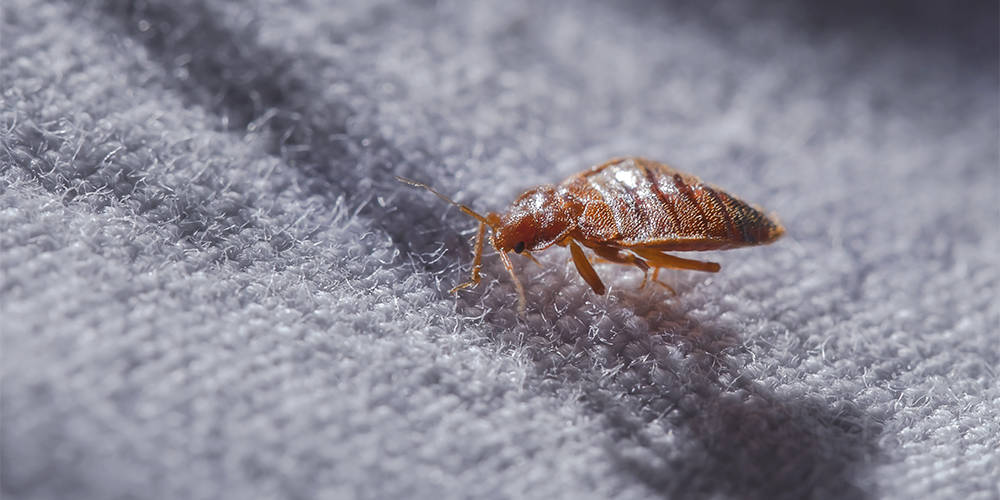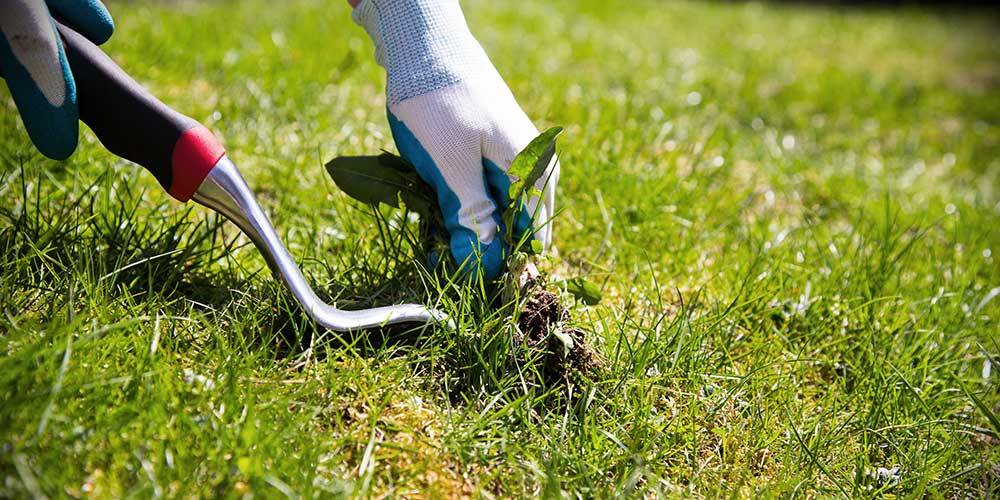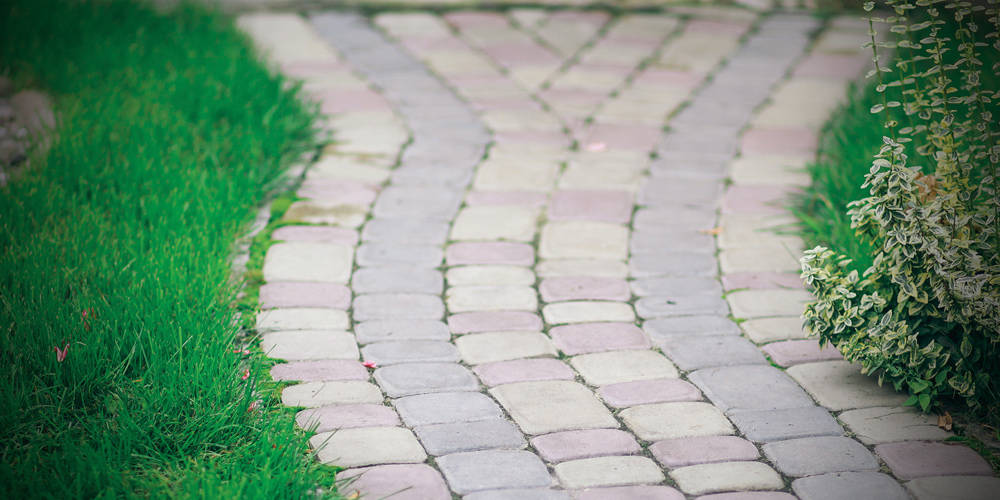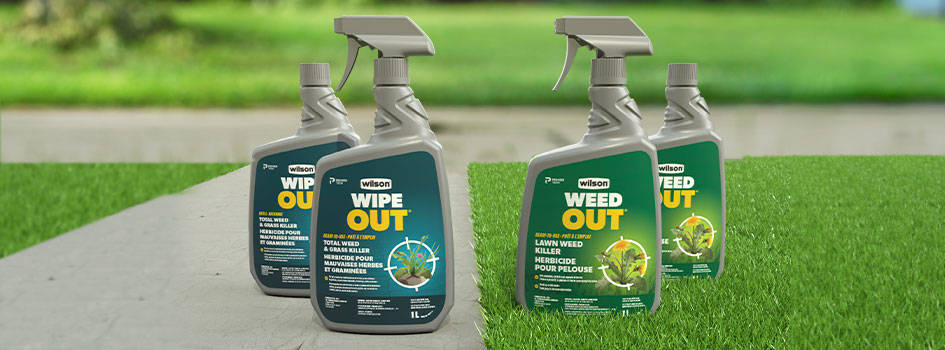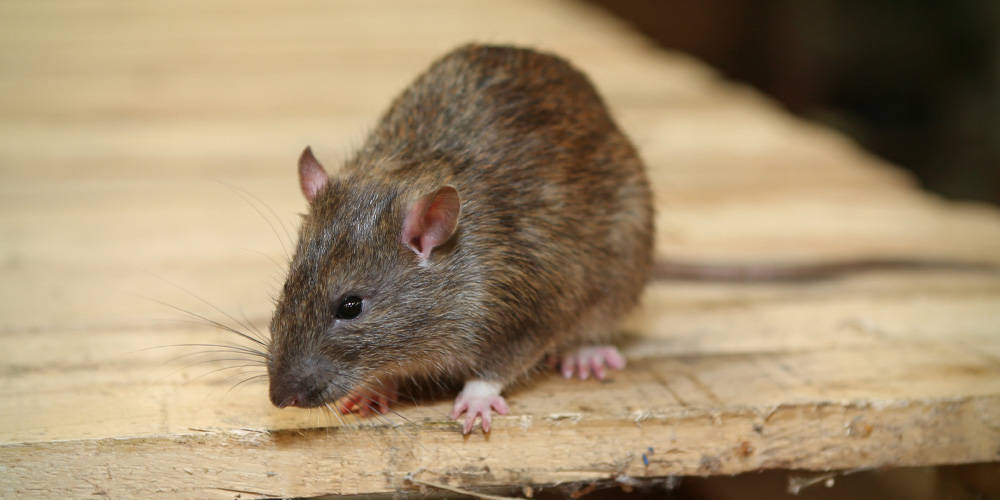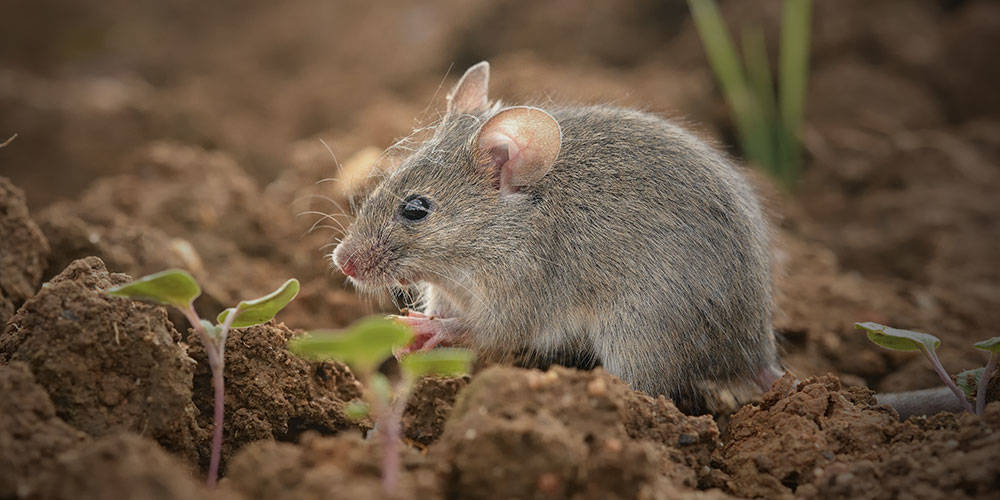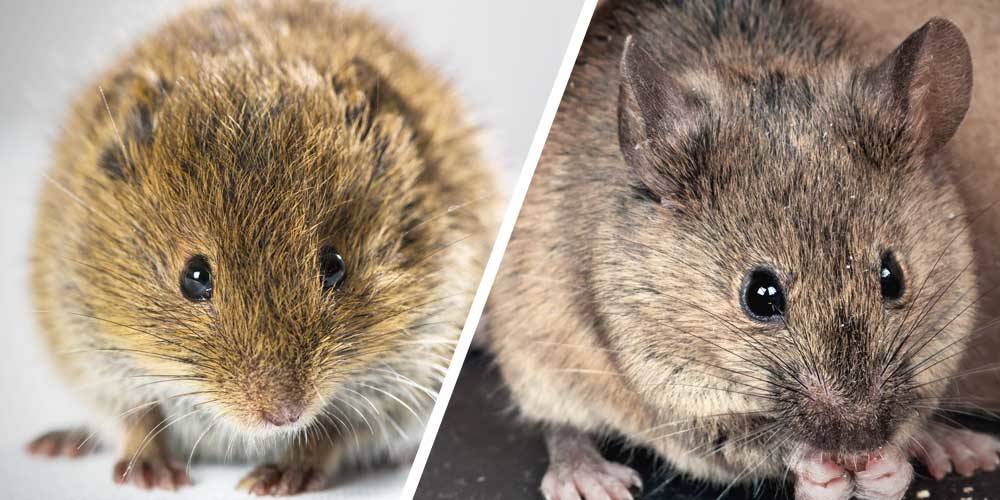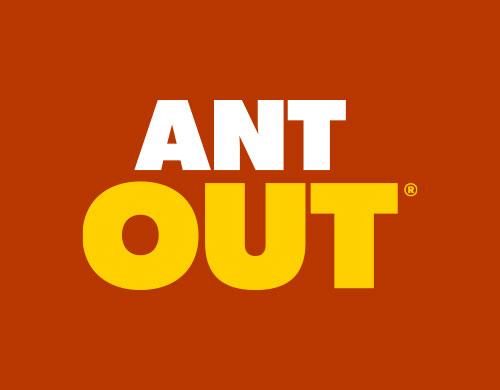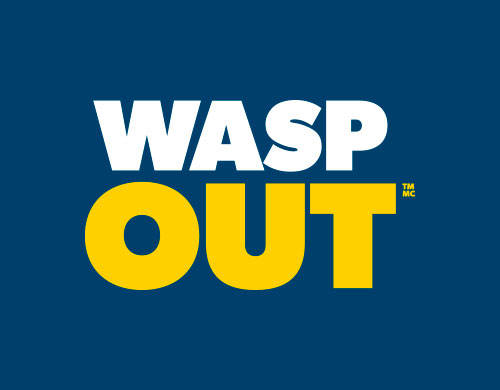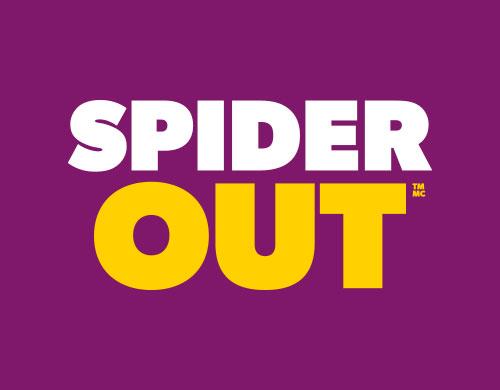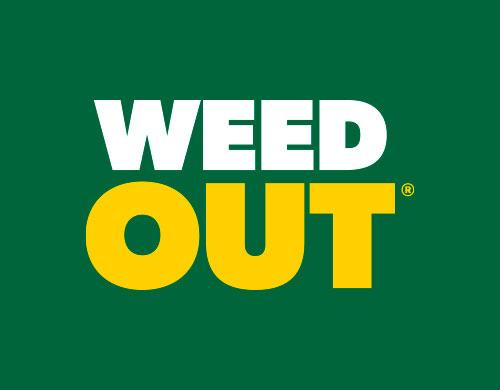Allergy season has begun
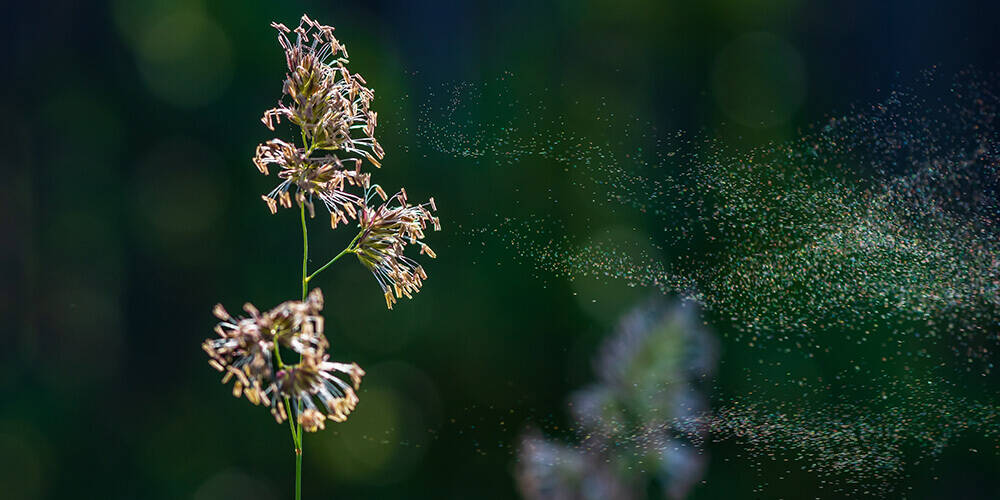
Some health experts estimate that nearly a quarter of Canadians suffer from seasonal allergies. Each year, the number of people affected seems to increase, and to make matters worse, the symptoms appear earlier and earlier.
Sneezing, itchy nose and throat, nasal congestion, runny nose, cough, red and watery eyes... The symptoms are numerous and often annoying.
What’s the worst time of the year for allergies?
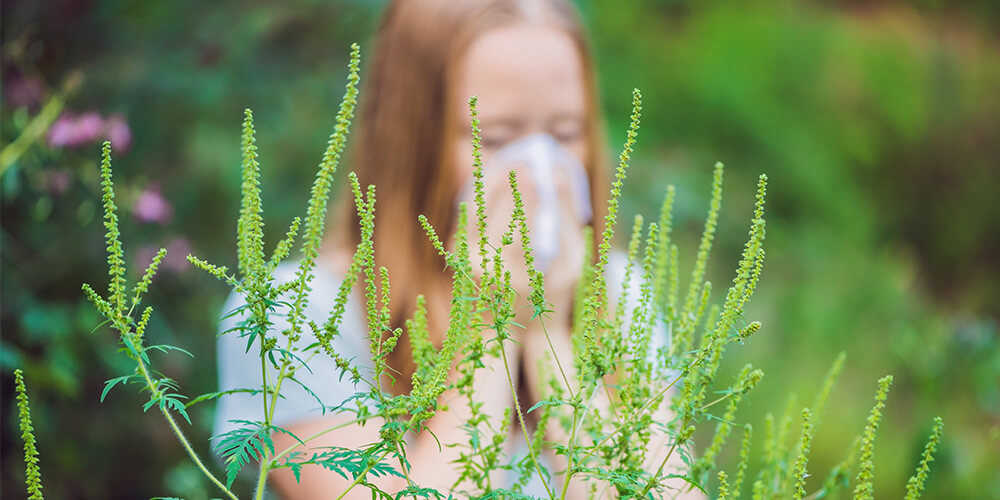
There are several causes to hay fever, and their origin can be attributed to 3 main plant categories:
- Trees (early February to late July)
- Herbaceous plants (early April to mid-September)
- Weeds (early July to late September, with a peak in August)
6 tips to limit your exposure to tree pollen
- Keep an eye on pollen levels. They are generally higher in the morning and early evening. Check your local pollen forecast to be sure : Explore your Air Quality / The Weather Channel
- Keep your windows shut when pollen levels are high.
- When going out, wear sunglasses and a hat to prevent pollen from getting into your eyes and settling on your hair.
- Vacuum and dust your home regularly to remove any pollen that may have accumulated. HEPA filters and air purifiers are also a good option. These filters are designed to remove small particles, including pollen.
- Wash your outerwear and bedding in hot water.
- Dry your laundry inside.
How to mitigate the impact of herbaceous plants
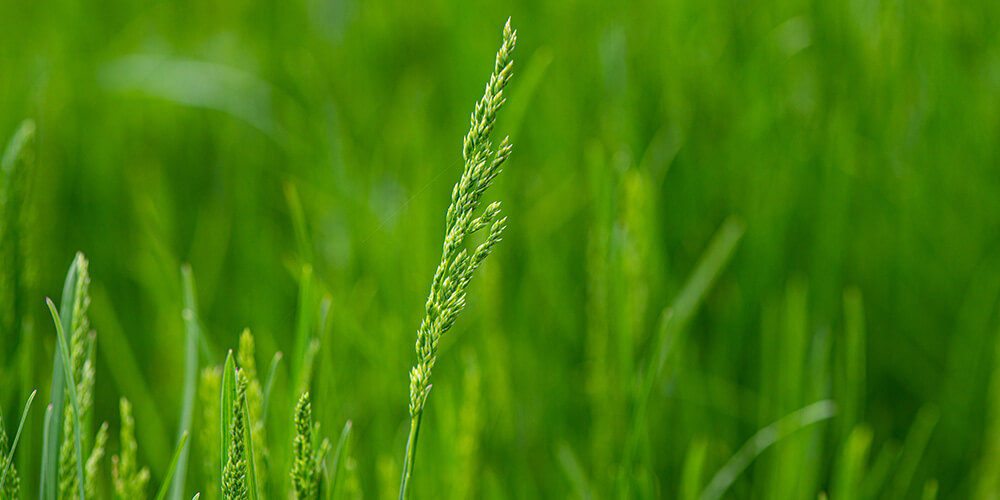
There are simple ways to limit the discomfort caused by pollen from grass plants.
Preventing grasses from flowering helps limit the amount of pollen released into the air. Mow your lawn regularly so it doesn't have time to form flower spikes. These are the cause of allergies. If you can't delegate the task of mowing the lawn to someone else, wear a mask that covers your nose and mouth.
Don’t let weeds bother you
It's difficult to prevent trees from shedding pollen. However, you can limit the amount of pollen released into the air by preventing weeds from popping up early in the season. C-I-L® BIO-WEED & FEED® Lawn Food 9-0-0 prevents the germination of weed seeds.
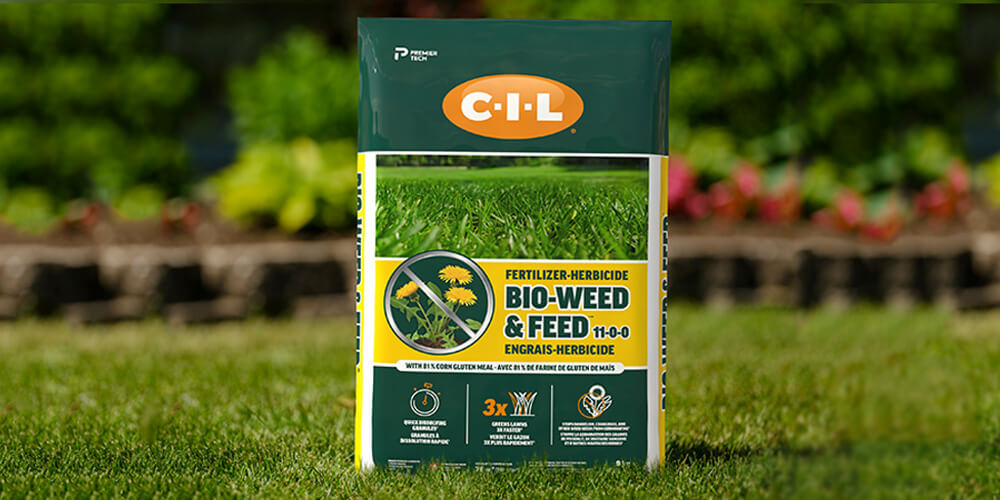
Then pull weeds as they appear on your property and encourage your neighbours to do the same. Remove them before they reseed and make sure to remove the roots. A safe and effective way to do it is to use WEED OUT on your lawn and WIPE OUT anywhere else in the garden.
Where taking action against weeds isn’t possible, avoid walking in tall grasses and areas overgrown with weeds. The most dangerous weeds: ragweed, sorrel, goldenrod, lamb's-quarters, wormwood, nettle, plantain and Russian thistle.
Are my flowers responsible for my allergies?
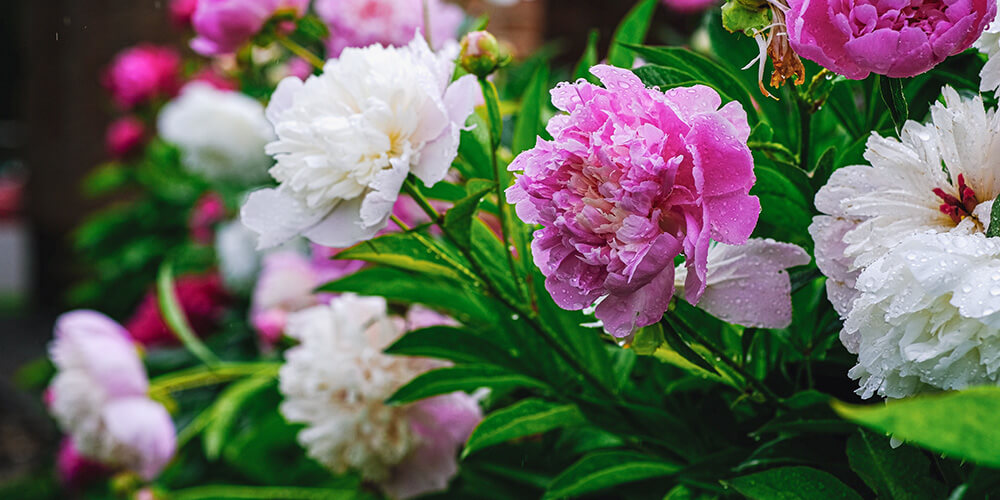
Unlike herbaceous plants, flowers rarely cause hay fever. Their pollen is generally heavier and carried by pollinators rather than by the wind. When pollination is done by insects, you shouldn't be bothered.
If your allergies are difficult to tolerate and you want to play it safe, here is a list of low-allergy flowers to plant in your garden:
- Lavender
- Iris
- Rose
- Peony
- Daylilies
- Hydrangea
- Carnation
- Hyacinth
- Snapdragon
- Begonia
- Azalea
The following flowers can be added to the list. They do not cause seasonal allergies (some varieties are even pollen-free) but can cause skin allergies in some people:
- Tulip
- Lily
- Geranium (there are pollen-free varieties)
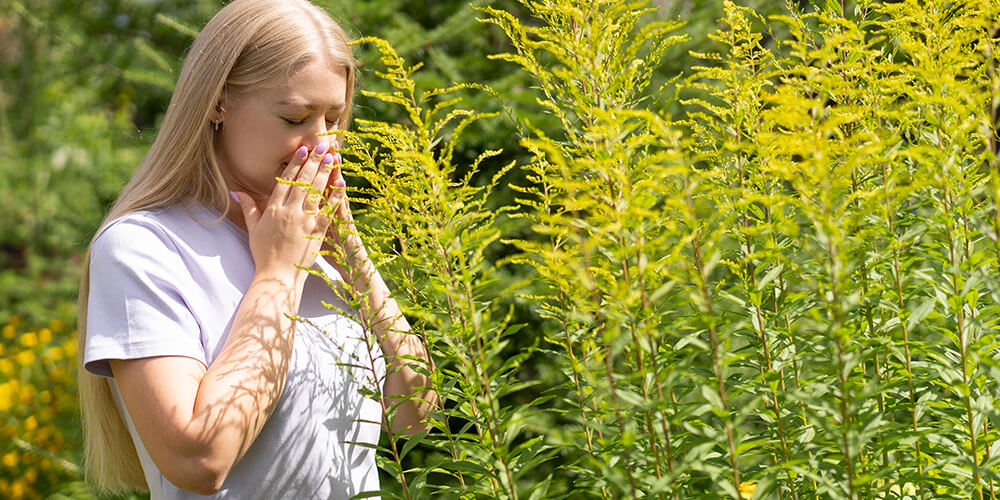
Flowers to avoid if you have seasonal allergies
- Aster
- Baby’s-breath
- Dahlia
- Daisy
- Chrysanthemum
- Sunflower (excluding pollen-free varieties such as Joker and Apricot Twist)
- Goldenrod
- Wormwood
- Sorrel
TIP
Some plants stop releasing pollen in humid conditions. Watering them before gardening can help reduce allergy symptoms.
Pollen and allergies: your pollen calendar
As it is sometimes difficult to know where this unwanted pollen comes from, here is a handy little calendar that will help you better identify the threat.
JANUARY
Allergies usually take a break when the snow sets in, but certain trees, like cedars, begin to awaken in warmer places like British Columbia. It's hard to tell a cold from hay fever at this time of year... The symptoms are very similar.
Snow mold, a fungal lawn disease, must also be considered. The spores present on the grass when the snow melts also cause the same symptoms. To keep snow mold from developing, rake leaves in the fall to prevent them from decomposing on the ground, and shovel snow accumulations to accelerate melting. Snow mold and its symptoms will disappear on their own with the arrival of warm, sunny weather.
FEBRUARY
Allergy season is well underway in warmer regions like British Columbia, where allergy-suffering residents are bothered by pollen from trees: oak, elm, maple and mulberry.
MARCH
Pollen season is beginning elsewhere in the country. In addition to the trees mentioned above, which are at the peak of their pollen production, ash and poplar trees are joining in.
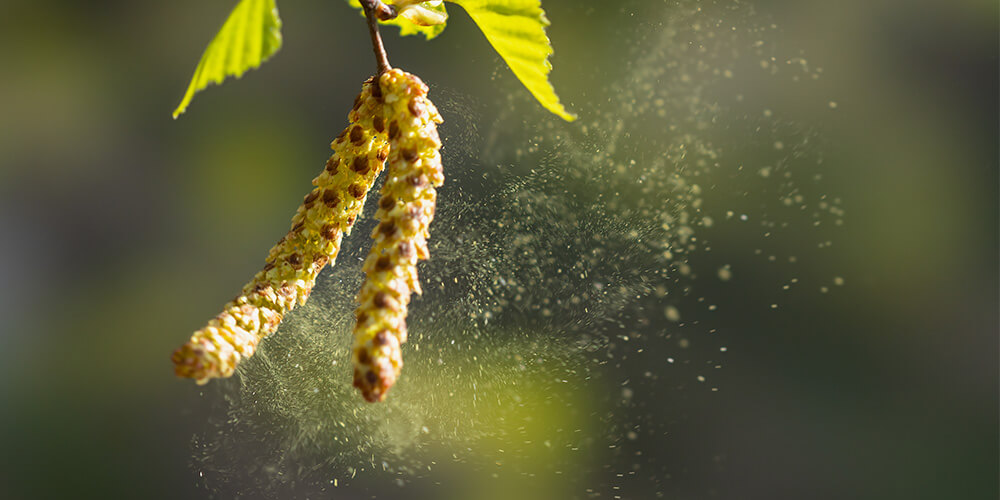
APRIL
Trees are releasing their pollen across the country and Kentucky bluegrass is quietly waking up, heralding the start of the grass pollen season.
MAY
Trees and grasses are joining forces to spread their pollen across the country. This includes pines, sycamores, Kentucky bluegrass, Johnson grass, orchard grass and others.
JUNE
Pines, birches and oaks are the main producers of pollen, and new grasses are added to the list.
JULY
Trees give us a little break, but grasses are far from done with us. In Quebec and Manitoba, ragweed is starting to cause trouble.
AUGUST
In British Columbia, allergy season is coming to an end. Elsewhere in the country, weed pollen levels are at their peak. Ragweed, nettle, wormwood and plantain are the main culprits.
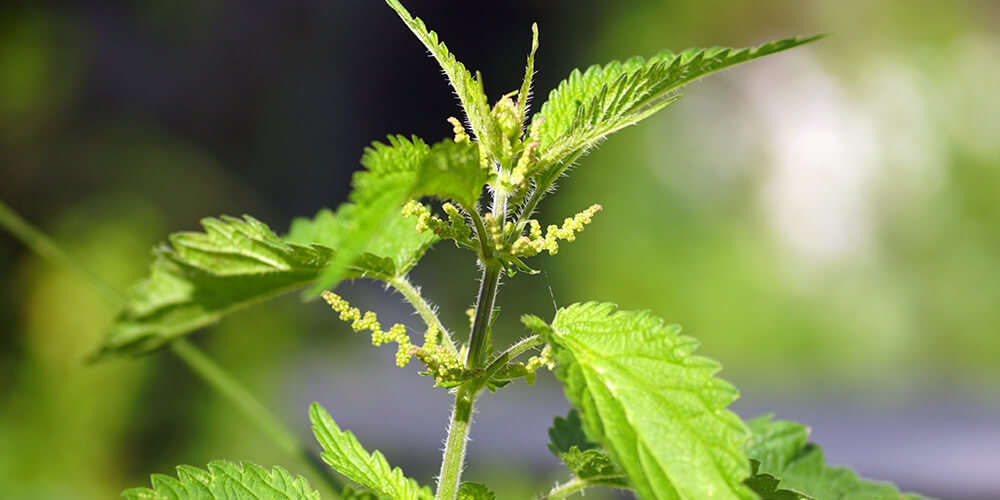
SEPTEMBER
With the decline of ragweed, hay fever season is coming to an end.
OCTOBER
The pollen from some weeds may still be bothersome, but the worst is behind us.
NOVEMBER
Weed pollen is less intense but still present across the country.
DECEMBER
Pollen production is at its lowest as winter sets in for good.
